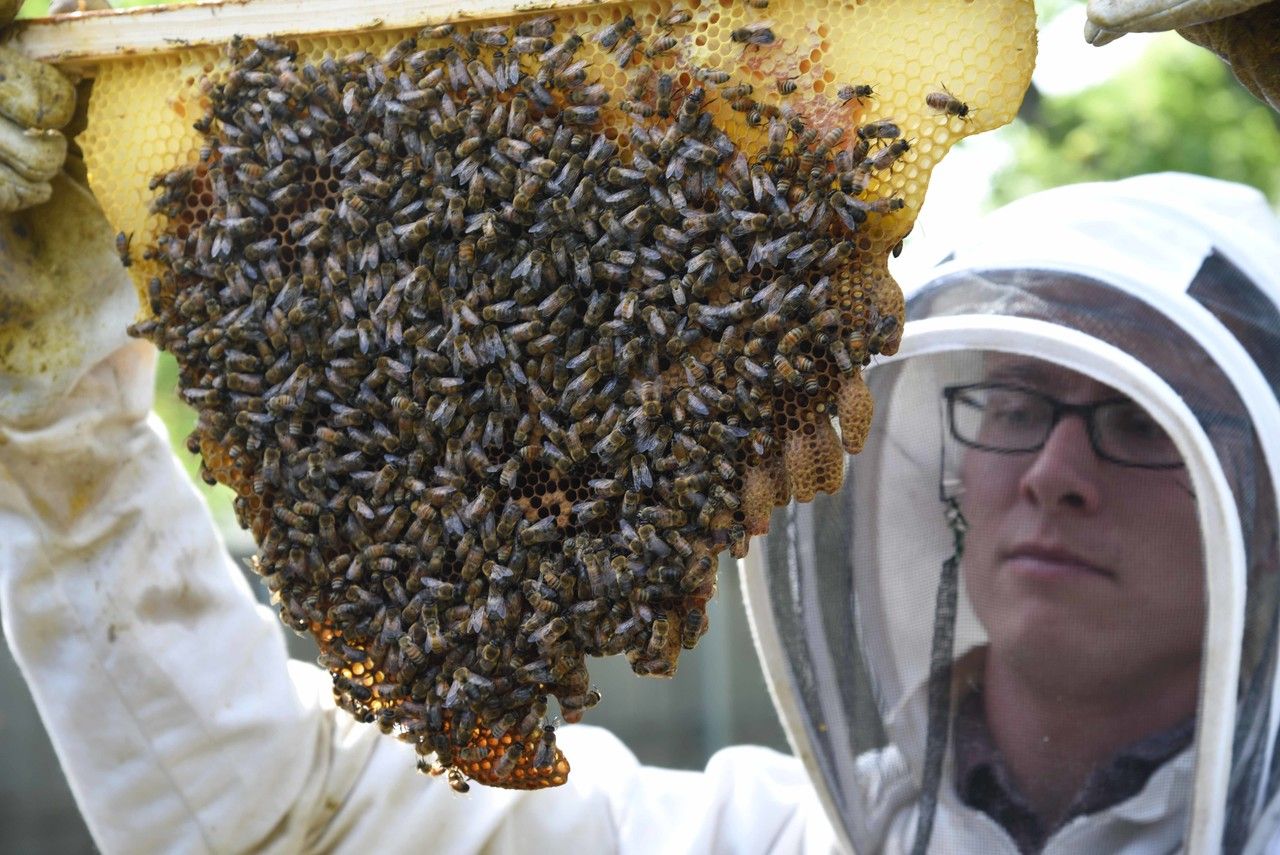For two species sharing this huge rock, the worlds of bees and humans couldn’t be more different. But that doesn’t mean bees do not have something to teach us. Here we share 5 ways that scientists are looking to bees to help push the boundaries of human understanding.
Bees and serial killers think alike
To catch a serial killer one, one must think like a serial killer. Or better yet, like a bee. When finding food, bees will search close to the hive, however, far enough away to avoid detection. It turns out, serial killers conduct the same decision-making process. This ‘geographic profiling’ is so effective that researchers believe it may be used to assist in creating algorithms used to catch serial killers.
Bees may give us a clue about the onset of dementia
Did you know that bees can reverse brain aging? This occurs when an older bee performs a role that is usually conducted by younger bees, for example, social tasks inside the nest rather than foraging. In 2012, researchers from the University of Arizona suggested that such social interventions in humans, may be used to slow or treat age-related dementia.
Your bees can recognize your face.
Just like humans, bees recognize features such as the eyes, nose and mouth, and assemble them together to create a whole unique face. This process is referred to as “configural processing,” and is being studied by computer scientists improve facial recognition technology.

Bees get a buzz from caffeine
Just like most of us coffee drinkers, bees like caffeine. Scientists at Newcastle University discovered that bees fed a nectar laced with caffeine were three times more likely to remember the flower’s scent than those feeding on just sugar. The solution also improved memory function as it helped bees remember which flowers had the caffeine infused pollen and encouraged them to return to flowers with the distinct scent.
Cocaine turns bees into liars
While caffeine has positive effects on bees, it is not quite the same with cocaine. Known as the ‘waggle-dance’, forager honey bees perform choreographed dances to communicate the location and value of floral resources such as nectar and pollen to other bees in the hive. When given a low dose of cocaine the rate of bees dancing after foraging increased, but it did not otherwise increase the collecting activity or movements. In effect, this caused forager bees to overestimate (and exaggerate) the value of the pollen and nectar they collected. Researchers used this dance language to study the effect of cocaine on reward assessment. Just like people, when the cocaine solution was removed, bees also displayed withdrawal symptoms.